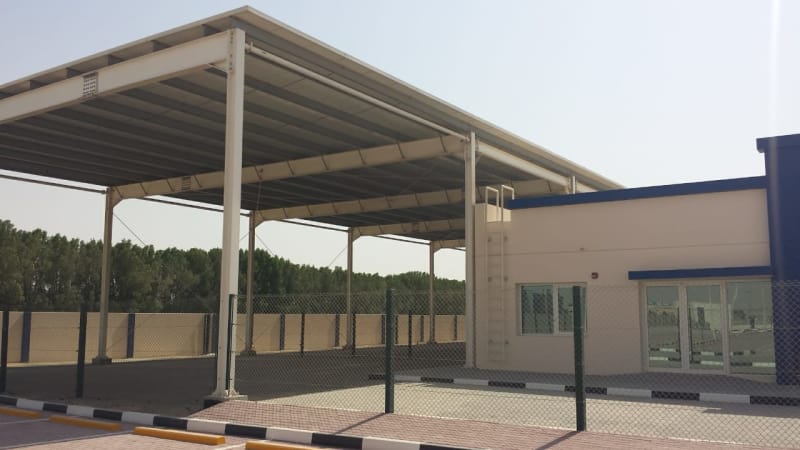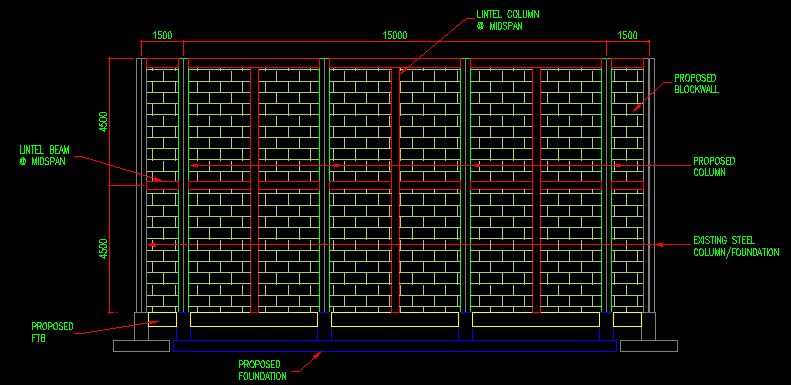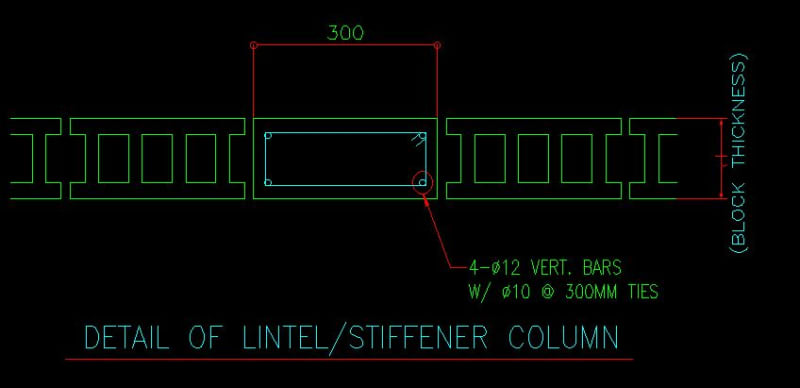Jandra11
Structural
- Jun 18, 2017
- 109
Hello guys, I have this project, a covered area(see the picture for reference)
 the perimeter of this structure will be closed by masonry wall(9m height & 17m width. Here are my questions.
the perimeter of this structure will be closed by masonry wall(9m height & 17m width. Here are my questions.
1) should I put a column besides the existing steel column and treat the proposed wall and its structural members independent to the existing structure?
2)If Im going to connect the masonry wall to the existing steel column, what are the things to consider and how to detail the connections?
3)Is there any design guide reference in British code that can help me understand more about this kind of project?
Any other suggestion will be very much appreciated
Thank you in advance.

1) should I put a column besides the existing steel column and treat the proposed wall and its structural members independent to the existing structure?
2)If Im going to connect the masonry wall to the existing steel column, what are the things to consider and how to detail the connections?
3)Is there any design guide reference in British code that can help me understand more about this kind of project?
Any other suggestion will be very much appreciated
Thank you in advance.



